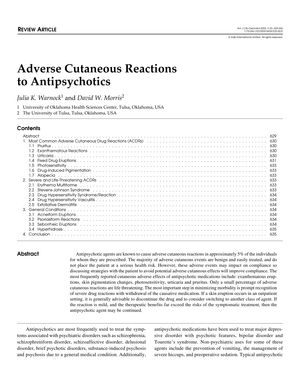TLDR Some patients taking antipsychotic medications experience skin reactions, ranging from mild to severe.
The document from 2002 reviewed adverse cutaneous reactions to antipsychotic medications, reporting that about 5% of patients experience such effects, which range from benign and manageable to severe and life-threatening. Common reactions include pruritus, exanthematous eruptions, urticaria, fixed drug eruptions, photosensitivity, drug-induced pigmentation, and alopecia, with severe reactions like erythema multiforme, Stevens-Johnson Syndrome, and exfoliative dermatitis being rare. Drug-induced pigmentation and alopecia were specifically noted, with pigmentation occurring after long-term use of phenothiazines and alopecia being a diffuse, nonscarring hair loss that typically resolves within 2 to 5 months after discontinuation of the medication. The document stressed the importance of early recognition and management of severe reactions, including stopping the offending medication, and balancing the therapeutic benefits against the risks of mild reactions when deciding on treatment continuation.
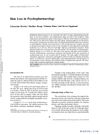 63 citations
,
March 2000 in “Annals of clinical psychiatry”
63 citations
,
March 2000 in “Annals of clinical psychiatry” Some psychiatric medications can cause hair loss, but it usually grows back after adjusting the medication.
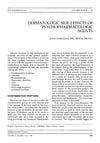 16 citations
,
July 1996 in “Dermatologic Clinics”
16 citations
,
July 1996 in “Dermatologic Clinics” Some psychiatric drugs can cause skin problems, but serious reactions are rare.
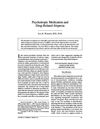 30 citations
,
May 1991 in “Psychosomatics”
30 citations
,
May 1991 in “Psychosomatics” Some psychiatric medications can cause reversible hair loss.
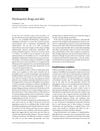 12 citations
,
June 2003 in “Journal of the European Academy of Dermatology and Venereology”
12 citations
,
June 2003 in “Journal of the European Academy of Dermatology and Venereology” Some psychoactive drugs can cause skin reactions, with carbamazepine having a higher risk, and stopping the drug and seeing a dermatologist is important.
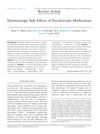 31 citations
,
October 2013 in “Psychosomatics”
31 citations
,
October 2013 in “Psychosomatics” Psychotropic medications can cause skin reactions, including severe conditions like SJS and TEN, and it's important for psychiatrists to recognize and manage these side effects.
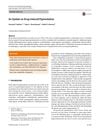 20 citations
,
October 2018 in “American Journal of Clinical Dermatology”
20 citations
,
October 2018 in “American Journal of Clinical Dermatology” Some drugs can cause skin and hair color changes, often reversible when the drug is stopped.
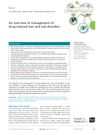 7 citations
,
May 2014 in “Clinical practice”
7 citations
,
May 2014 in “Clinical practice” Cooling the scalp may prevent hair loss from chemotherapy, hair often grows back after treatment, and nail issues usually improve after stopping the drug.
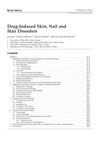 114 citations
,
January 2007 in “Drug Safety”
114 citations
,
January 2007 in “Drug Safety” Some drugs can cause skin, nail, and hair problems, which are important for healthcare professionals to recognize and report.
